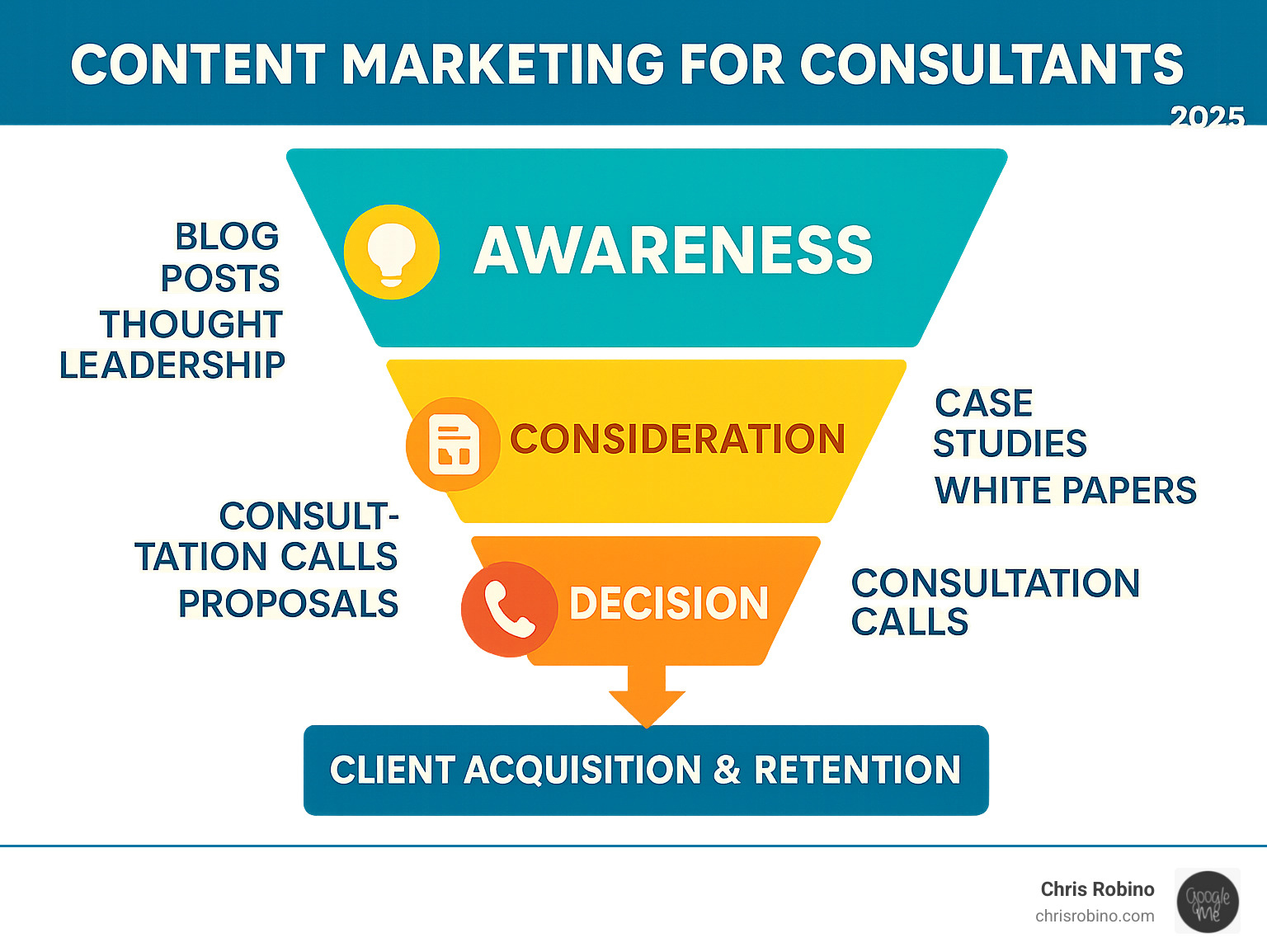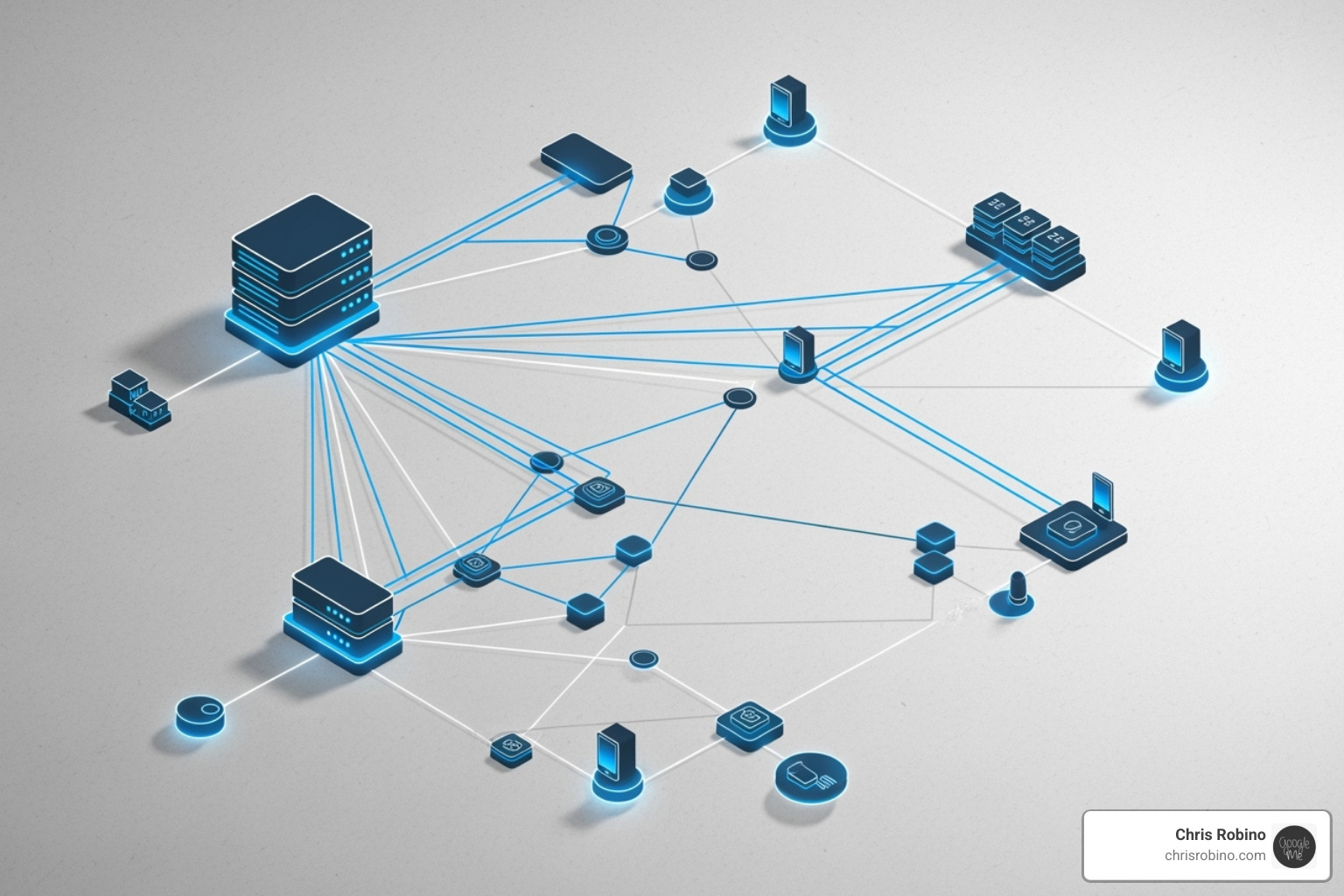Why Enterprise SEO Transforms Large-Company Growth
SEO for large companies is a systems game. At enterprise scale—thousands of pages, complex tech stacks, multiple regions and brands—incremental, well-governed improvements add up to outsized impact: compounding traffic growth, lower customer acquisition costs, predictable pipeline, and defensible share of search. The playbook is not about chasing individual keywords; it’s about building processes, templates, and governance that let SEO quality emerge everywhere across a sprawling digital footprint.
What makes enterprise SEO different?
- Scale and complexity: Multiple domains, subdomains, apps, and legacy systems create crawl, indexation, and content challenges.
- Cross-functional execution: Engineering, product, design, content, PR, and legal must align on a clear SEO operating model.
- Risk and reliability: Releases, migrations, and rebrands require tight controls to avoid losing years of organic equity.
- Measurement rigor: Business-aligned metrics and forecasting are essential to earn prioritization across teams.
Core advantages when done well:
- Capture always-on, high-intent demand across the full buyer journey.
- Reduce reliance on paid media by compounding non-brand visibility.
- Improve digital experience quality via performance and architecture best practices.
- Create a durable moat by owning entity-level relevance, brand SERP, and key informational topics.
As Chris Robino, I’ve led and advised large organizations on SEO and adjacent digital systems for over two decades. The highest-performing enterprise programs share three traits: clarity of ownership, technical excellence baked into templates, and continuous measurement that informs the roadmap. These principles align with broader content marketing fundamentals but require specialized execution at enterprise scale.

Key terms for enterprise SEO success:
- Technical SEO at scale (crawl, indexation, rendering)
- Site architecture and internal linking systems
- Structured data across templates
- Programmatic content and templated on-page optimization
- Content pruning and consolidation
- International and localization (hreflang, URL strategy)
- Core Web Vitals and performance engineering
- Governance, change management, and experimentation
The Strategic Framework for Enterprise SEO

Top enterprise programs are built on systems, not ad hoc tasks. The framework below emphasizes governance, scalable technical foundations, and repeatable content operations so SEO can thrive across brands, markets, and teams.
Step 1: Establish Governance and Align on Objectives
Before writing a line of content or changing a template, define how SEO work gets done.
- Set business-aligned KPIs: Non-brand organic revenue/pipeline, qualified leads, share of voice, and experience metrics (speed, index coverage). Tie goals to quarterly planning.
- Create an SEO center of excellence: Clarify roles for product, engineering, content, design, data, PR, and legal. Define decision rights, escalation paths, and an intake process.
- Build a unified backlog: Prioritize initiatives using an impact vs. effort model. Group work into themes (e.g., performance, indexation, templates) to align with engineering sprints.
- Standardize change management: Require SEO reviews for releases that affect routing, templates, metadata, structured data, or site navigation. Use pre-release checklists and post-release monitoring.
- Document playbooks: Migrations, redirects, deprecations, and international launches need step-by-step playbooks and rollback plans to reduce risk.
Step 2: Fortify the Technical Foundation at Scale
Technical excellence open ups crawling, indexing, and consistent rendering across thousands of pages.

- Crawlability and indexation: Maintain accurate robots directives, clean and segmented XML sitemaps, and reliable canonicals. Handle pagination and faceted navigation with a combination of canonical, noindex, and internal linking patterns to surface priority pages.
- Architecture that mirrors topics: Create logical hubs and category structures that map to how users search. Use breadcrumbs and consistent URL patterns to signal hierarchy.
- Performance and Core Web Vitals: Improve Largest Contentful Paint, Interaction to Next Paint, and Cumulative Layout Shift through server-side rendering, critical CSS, code splitting, image optimization, and edge caching. Treat performance as a product requirement, not an afterthought.
- JavaScript SEO: Ensure essential content and links are server-rendered or hydrated predictably. Avoid dependency on client-side rendering for primary content, navigation, or metadata.
- Structured data at the template level: Implement schema across product, article, organization, FAQ, and other relevant templates. Use data pipelines to populate at scale and monitor for errors.
- Accessibility and security: Semantic HTML, descriptive alt text, and HTTPS everywhere improve usability and trust, often correlating with stronger search performance.
- Built-in controls: Make metadata, headings, canonical tags, and internal link modules configurable in the CMS for non-technical teams, with sensible guardrails.
Step 3: Scale Content with Templates and Programmatic Patterns
Large companies win by operationalizing content quality and coverage.
- Intent-aligned templates: For high-scale page types (product, category, solution, industry, location), encode best practices: intent-matched titles, descriptive H1/H2s, concise intros, scannable sections, FAQs, and contextual CTAs.
- Programmatic SEO: Use trusted data sources (catalogs, inventory, locations) to generate consistent, high-quality pages. Enrich with unique copy blocks and user value (comparison, specs, availability, reviews) to avoid duplication.
- Internal linking systems: Auto-insert related links, top categories, and hub links based on taxonomy and performance data. Ensure no orphan pages; expose high-value destinations prominently.
- E-E-A-T signals: Clear authorship and editorial standards, expert reviews for sensitive topics, robust about and contact information, and comprehensive entity details strengthen trust.
- Content pruning and consolidation: Merge overlapping pages, redirect deprecated URLs, and remove thin or unhelpful content from the index to concentrate authority.
- Update cadence: Refresh evergreen assets on a fixed schedule, using change logs and performance data to prioritize improvements that move business KPIs.
Amplify, Measure, and Optimize Enterprise SEO Impact
Creating high-quality pages is necessary but insufficient. Findy, measurement, and iteration are what compound results at scale.
Step 4: Maximize Findy with Internal Linking, Sitemaps, and Owned Reach

- Internal linking at scale: Leverage navigation, breadcrumbs, footers, and dynamic modules (e.g., related products, top guides) to route link equity to priority pages. Periodically audit for orphan pages and fix with contextual links.
- Structured sitemaps: Segment by content type, market, and freshness. Keep them under size limits, update with releases, and remove gone pages promptly. Monitor index coverage and error trends.
- Content distribution: Use owned channels (newsroom, blog, email, and executive thought leadership) to seed visibility and earn mentions. Consistency and usefulness drive natural amplification without relying on paid boosts.
- Redirect and migration governance: For rebrands or platform changes, plan redirect maps, test in lower environments, validate after launch, and monitor logs and coverage to catch regressions.
Step 5: Advanced Enterprise Levers
- International and localization: Define URL strategy (subfolders or subdomains), implement hreflang accurately, localize content beyond translation, and enforce canonicalization across language-region variants. Build QA checks for currency, units, and market-specific compliance.
- SERP features and entities: Target featured snippets, FAQs, video, and image surfaces through concise answers, structured data, and media optimization. Strengthen entity understanding with consistent organization details and comprehensive brand profiles.
- Generative and AI-influenced results: Provide direct, trustworthy answers backed by data, include clear steps and definitions, and structure pages so key takeaways are machine-readable (headings, lists, tables, schema).
- Local at scale: Maintain accurate location pages with consistent NAP details, hours, and localized content. Centralize updates to avoid drift across thousands of entries.
- Media SEO: Use descriptive file names, alt text, captions, and media sitemaps. For video, ensure transcripts and key moments are exposed; for images, serve modern formats and responsive sizes.
Step 6: Measure ROI, Experiment, and Forecast with Confidence
- Metrics that matter: Track non-brand organic sessions, revenue/pipeline, assisted conversions, share of voice, coverage (indexed vs. submitted), and experience metrics (speed and stability). Align each initiative to one or more of these KPIs.
- Role-based dashboards: Executives need business outcomes and risk; product and engineering need defect backlogs, performance trends, and release impact; content teams need topic coverage, intent gaps, and update priorities.
- Experimentation culture: Test titles and descriptions for click-through, internal link placements, content blocks, and performance improvements. Use guardrail metrics and holdouts where feasible to isolate impact.
- Forecasting and prioritization: Estimate traffic and revenue potential using addressable demand, current share, and expected lift from changes. Rank the roadmap by expected value and implementation effort.
- Monitoring and alerts: Watch for spikes in non-200 responses, robots or meta tag misconfigurations, canonical changes, sitemap errors, and crawl anomalies. Pair automated alerting with incident response protocols.
- Privacy and data quality: Ensure consent-respecting analytics and reliable event tracking. Maintain a single source of truth for organic attribution and reconcile periodically with finance and sales reporting.
Enterprise SEO rewards teams that build durable systems. Govern the work, encode best practices into templates, measure what matters, and iterate with discipline. Over time, you’ll own more of the market’s most valuable searches, strengthen brand trust, and deliver compounding returns that reduce dependency on paid channels.
